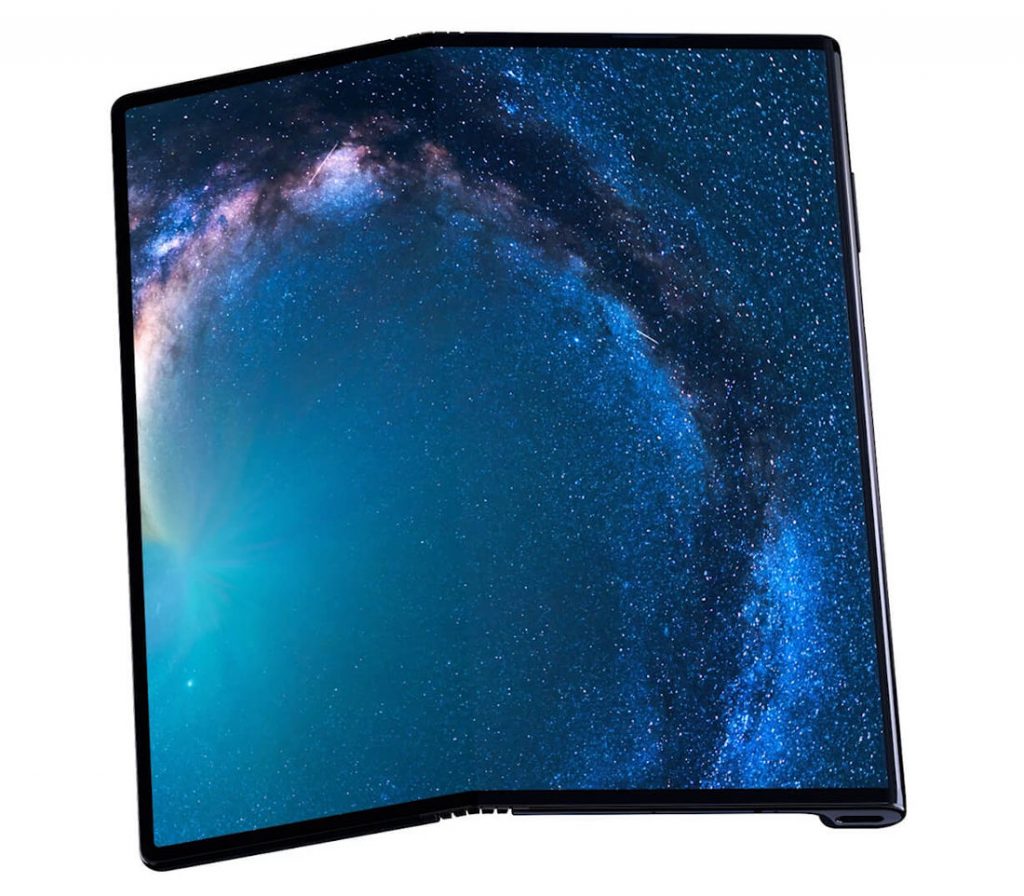
Foldable phones are slowly making their way, whether you’re ready or not. However, it seems like they’re coming whether they’re ready or not given how the software remains untested or nonexistent and the prices are on the higher side. But those potential issues can be fixed, but the real thing for which you should hold out for is the glass.
The glass is strong and durable and hard to scratch and easy to see through to the bright and shiny OLED pixels below. Glass can fold, but it can’t flex far enough for smartphones that open up like books. John Bayne, who heads up glass giant Corning’s Gorilla Glass business said: “Glass today, the current choices out there, they’re not optimal for folding smartphones. In a glass solution, you’re really challenging the laws of physics, in that to get a very tight bend radius you want to go thinner and thinner, but you also have to be able to survive a drop event and resist damage.”
Instead of using glass, folding phone manufacturers are leaning on plastic polymers. Another advantage of this is that it can bend as far as you’d need, and as many times as you want. Samsung claims its Infinity Flex Display can withstand hundreds of thousands of openings and closings. But plastic, as you may know, is less hard than glass, which makes it easier to scratch.
Corning is working on the ultrathin, bendable glass that’s 0.1 millimeters thick and can bend to a 5-millimeter radius. The main goal here is to achieve that kind of pinch without losing the toughness that makes glass great. John Bayne further added: “The back of the problem we’re trying to break, the technical challenge, is, can you keep those tight 3- to 5-millimeter bend radii and also increase the damage resistance of the glass. That’s the trajectory we’re on.”
Corning is combining its experience with Willow glass, which can roll up like a sheet of paper, and Gorilla Glass, which gets its strength from an ion-exchange process. Bayne expects foldable glass to be ready by the time foldable smartphones go mainstream, a couple of years from now. Mauro thinks Corning and competitors like Japan’s AGC may be even closer than that. But the important thing for you to know is that it’s not here now.
